Building an online game can be a bit of a poisoned chalice. Fierce competition and demanding players can often put developers in a losing situation. The Once Human team is keenly aware of this, and plans to put the community at the heart of every development decision it makes.
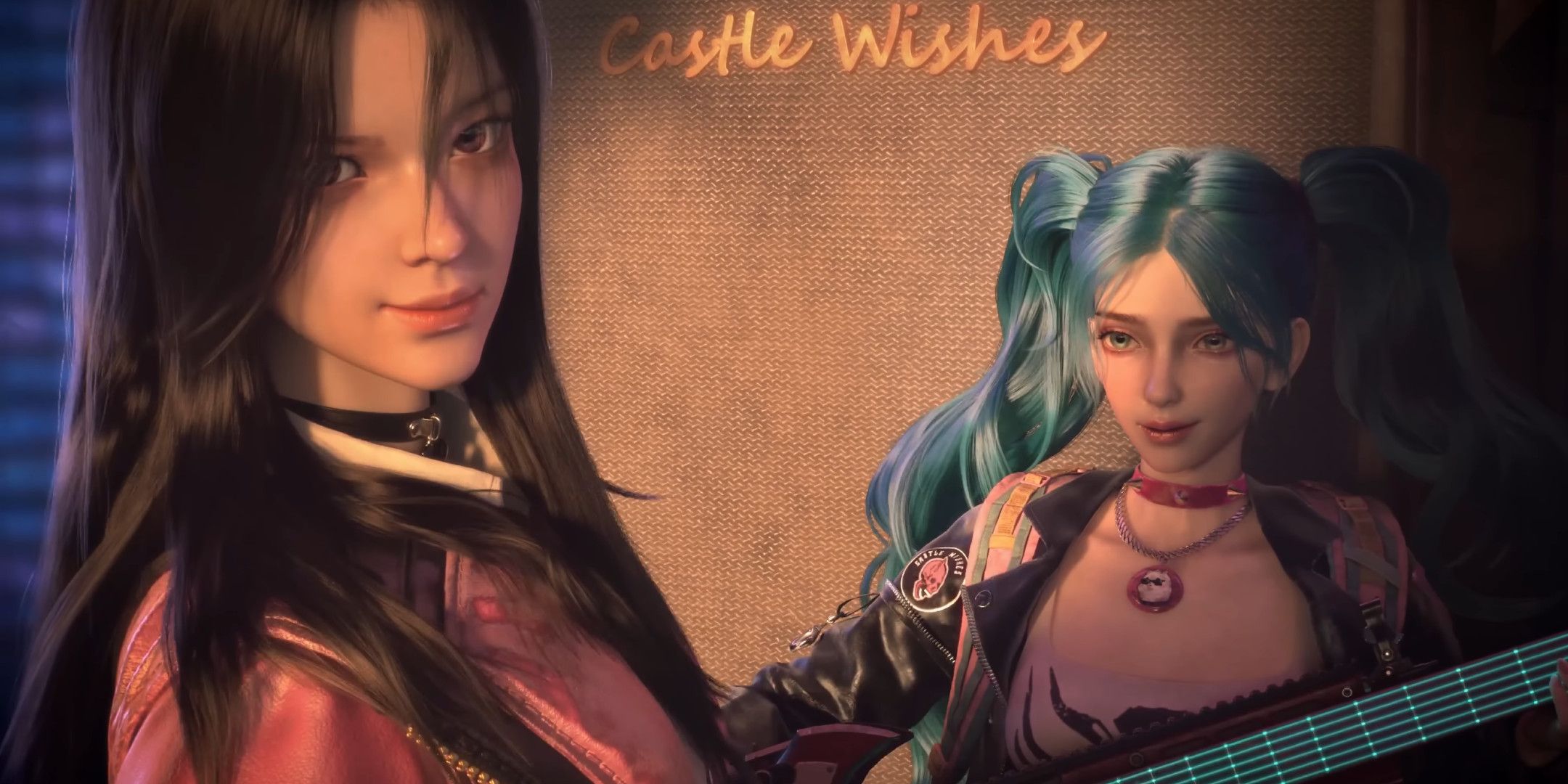
Related
Once Human Is Banning Players For 10 Years For “Using Third-Party Software”
Use third-party software in Once Human, and you won’t be able to play again until 2034.
“In the process of running Once Human, from the beginning to the end, we always want to actually listen to the players’ voices, as well as proactively address the issues they have mentioned,” chief designer Woody tells me. This is a sentiment he echoed over and over as we spoke during a rescheduled Tokyo Game Show interview.
In September, it was reported that the Once Human team was demoralised by the feedback it received around the game’s second season, but Woody says the report was the result of a translation error. “We actually didn’t mean ‘demoralising’, or ‘we feel upset’. But we just eagerly want to address the issues that the players pointed out,” he says.
“We want to update them about our thoughts, our feelings, and our plans to address those issues as soon as possible. I think it’s exactly because of this mechanism of communication between each other that our community remains healthy, proactive, and is always communicating with us.”
“The core gameplay of our two most recent scenarios came from our communication with our players.
Community feedback is so important to the team that it has already begun to shape Once Human’s development and content releases. He tells me that much of Once Human’s latest update, Way of Winter, was created as a response to calls from its players.
“The core gameplay of our two most recent scenarios came from our communication with our players. It’s the result after hearing their opinions,” Woody says. “For example, they told us that they think the previous scenarios were not challenging enough in terms of surviving, so we added a new temperature mechanic.”
Unfortunately, while great for its audience, relying on feedback can have a knock-on effect on long-term planning. There’s a delicate balance between keeping players happy and implementing content that the development team sees as part of the game’s vision.
“We plan ahead,” Woody says, “But [player feedback] forces us to evaluate our plans. We look to see if what we have scheduled is likely to have a positive or negative impact on the game, and we’re very nimble to adjust and modify things as we need.
“If it’s something we’re desperate to implement, we make a consensus with our players using an internal framework and make adjustments accordingly. Once Human had a very long closed beta before it [was] released, so we’ve already refined this process, but it is a problem that occurs, and one we must balance.”
We’re very confident with our current monetisation system, as well as its future.
Early on, Once Human was praised for its “very fair” monetisation, a decision that Woody called bold but “natural for us if you consider the type of our game.” Fans were quick to brand the title “the least pay-to-win free-to-play game in a while”, something that Starry Studios was aiming for. “Our game calls for fairness, and although it provides challenges, we didn’t want it to be hurt by numerical payments.”
The game avoids any major pay-to-win elements in favor of a cosmetic store. “The players have been very accepting of this and our more acceptable monetisation system. So, of course, every day, we receive feedback from players about it, about items they like or ones they feel aren’t pretty enough. This feedback allows us to optimise our store based on players’ voice and we’re very confident with our current monetisation system, as well as its future.”
Grand Plans For Base Building
While the community has clearly contributed to shaping the narrative of Once Human, Woody shares that specific features requested by players have also been implemented in the game. For example, early on, despite being able to build some truly staggering bases, players felt the mechanic was incomplete, leading Starry Studios to make some sweeping changes.
“We received feedback from a lot of very creative players who want to build large-scale or more creative structures in their territory. But they shared their feelings that when they’re building their dream places, the pieces available make it very hard for them to achieve what they want. So, after this communication, we’ve added more building structures. We’ve also added a God view that can actually allow you to view a lot of pieces easier and a grid system to make it easier to attach the structures.”
We want to help our players to turn their dreams into reality in the game.
Woody tells me he’s been “amazed by the creativity of the players”, and how they’ve been able to “exceed what the development team can do.” He’s evidently enthused by what his community has created and even rattled off some of his favorite structures that he’s seen so far, including a warship anchored off one of Once Human’s coast, a whole city, and a “very warm town”.
He says it’s “exactly why we create games: for imagination, creativity, fun, and sharing,” and the team is already thinking of ways it can make things even better for the audience. “We want to help our players to turn their dreams into reality in the game. For example, how can we make the warship move in the water, or how can we populate those towns with more real-life components and improve the sense of interaction?”
Design, Development, And The Future
While Once Human was met with a mixed reception upon launch, the game’s world and monster designs were almost universally praised. The game’s creatures, known as Deviants, may seem wild, but they’re all designed with a purpose to fit in with the game’s overarching story.
“First, we conceptualise our Deviants by giving them a high-level tag, [which is] the concept we want to portray to our players; then we shape that tag into something more specific, more tangible that resonates with the theme of our game or environment.”
Arguably, the game’s most iconic monster is The Wanderer, a giant bus with six legs and hands as feet. I asked Woody if things would get even wackier than this.
“It actually will depend on how crazy [we] can be,” he says before circling back to the idea of player happiness. “We are still trying to design new monsters and Deviants, especially those closely tied to the new scenarios and new environments. We want them to be closely tied to the environment so they will hopefully have increased interaction with the players during their survival experience.”
The next most important milestone will be our console version.
With the PC version of Once Human performing well and a mobile port on the horizon, the conversation turned to a potential console port of the game. Woody tells us, “After we have completed the development and release of the mobile version, the next most important milestone will be our console version.”
Once the console version of Once Human hits the market, the team will have reached two of its key milestones, and together, it’s already thinking about what to do next.
“When creating Once Human, we were inspired by a lot of great shows. The Mist and Stranger Things are two. It’s not an unimaginable idea that we make a TV show, novel, or animation,” Woody tells me, before quickly bringing himself back down to earth and adding, “But the game is still in its early stages.
“We still think we have more stories to tell and more characters waiting to be presented and perfected. We really want a comprehensive in-game story first, and that’s where all of our attention will go next.”
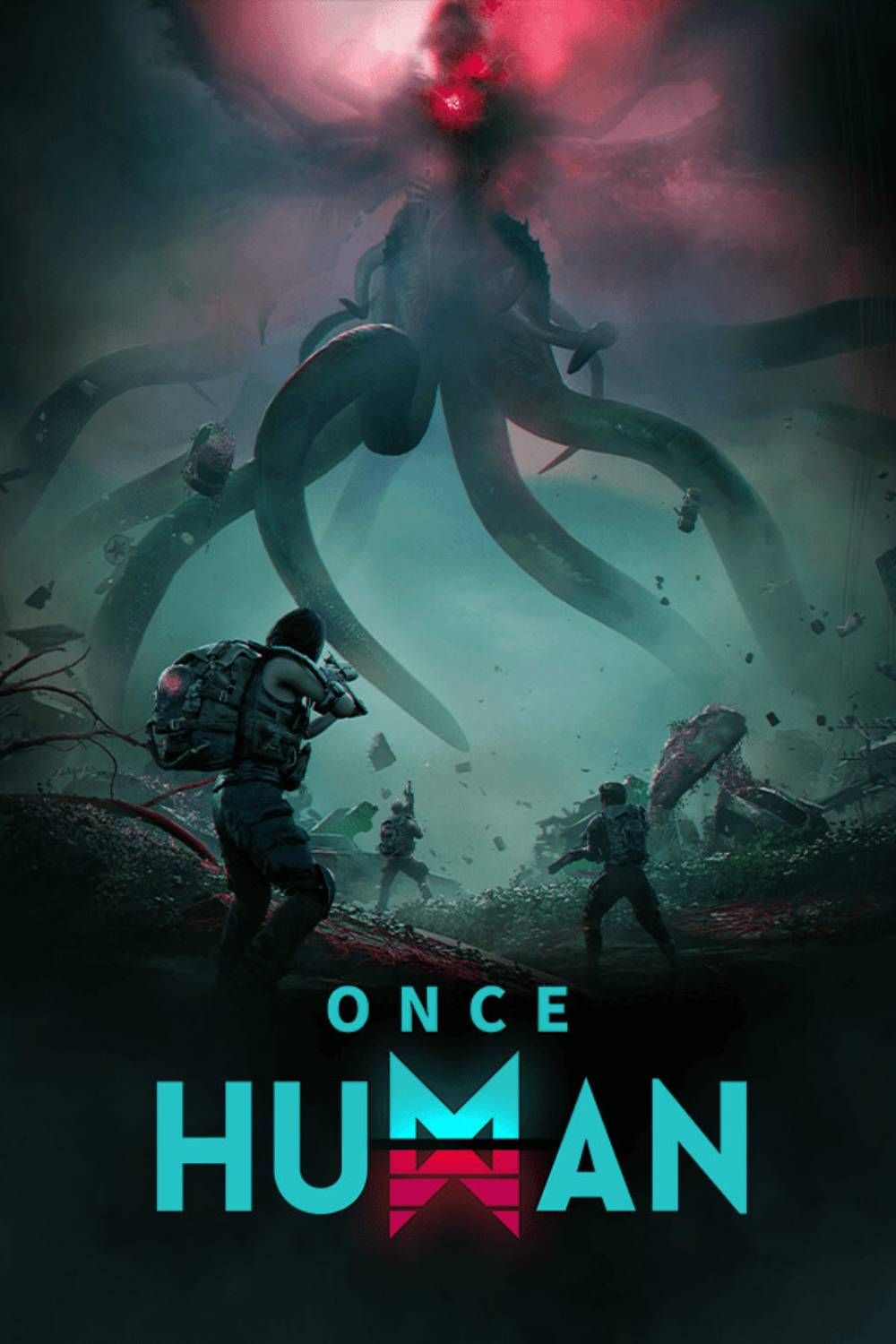
Once Human takes the MMO in new directions, placing the player in the role of a Meta-Human in the midst of a post-apocalyptic future. You must survive Stardust, an alien creature infecting and influencing a dark and chaotic world.
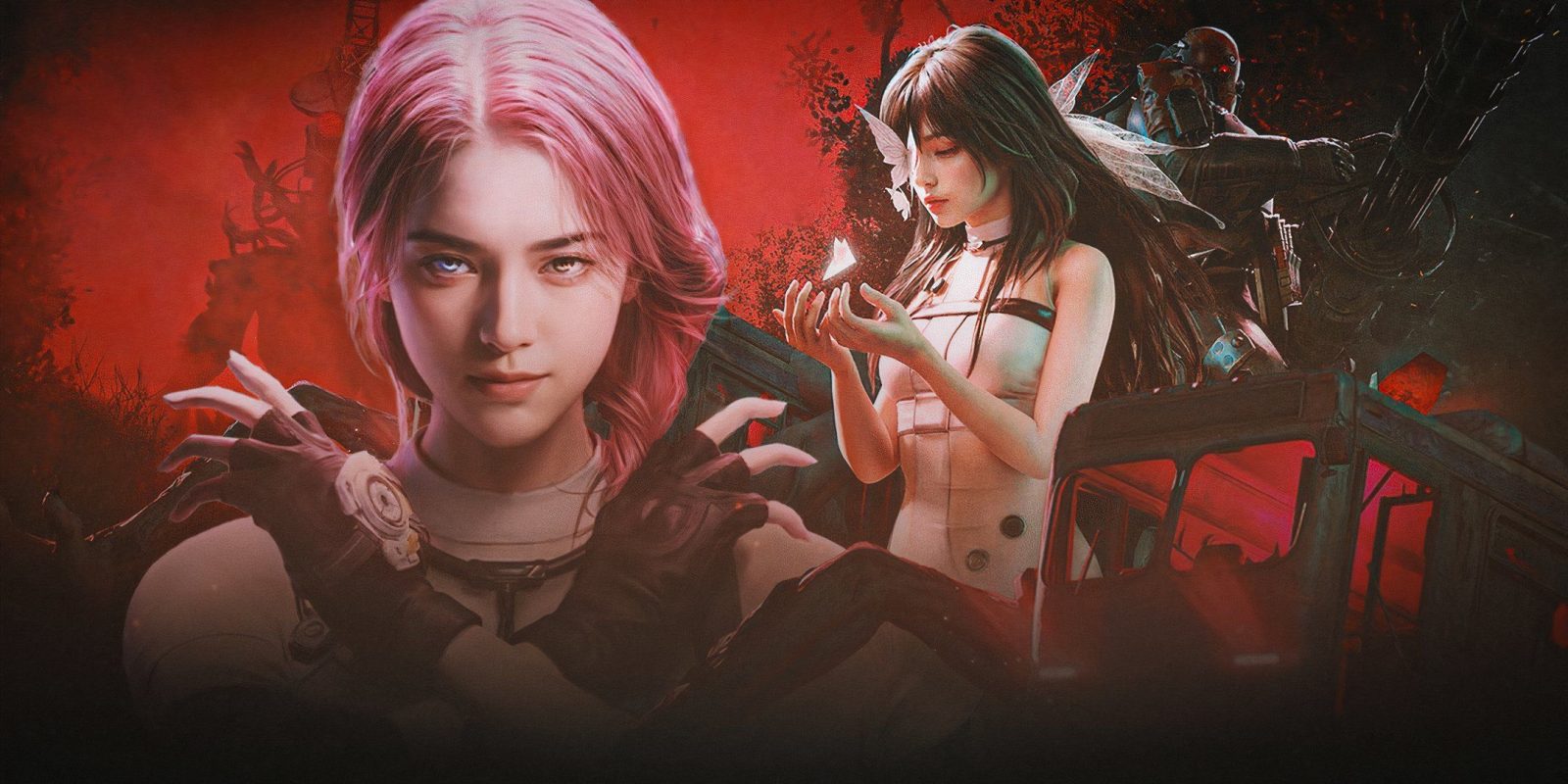

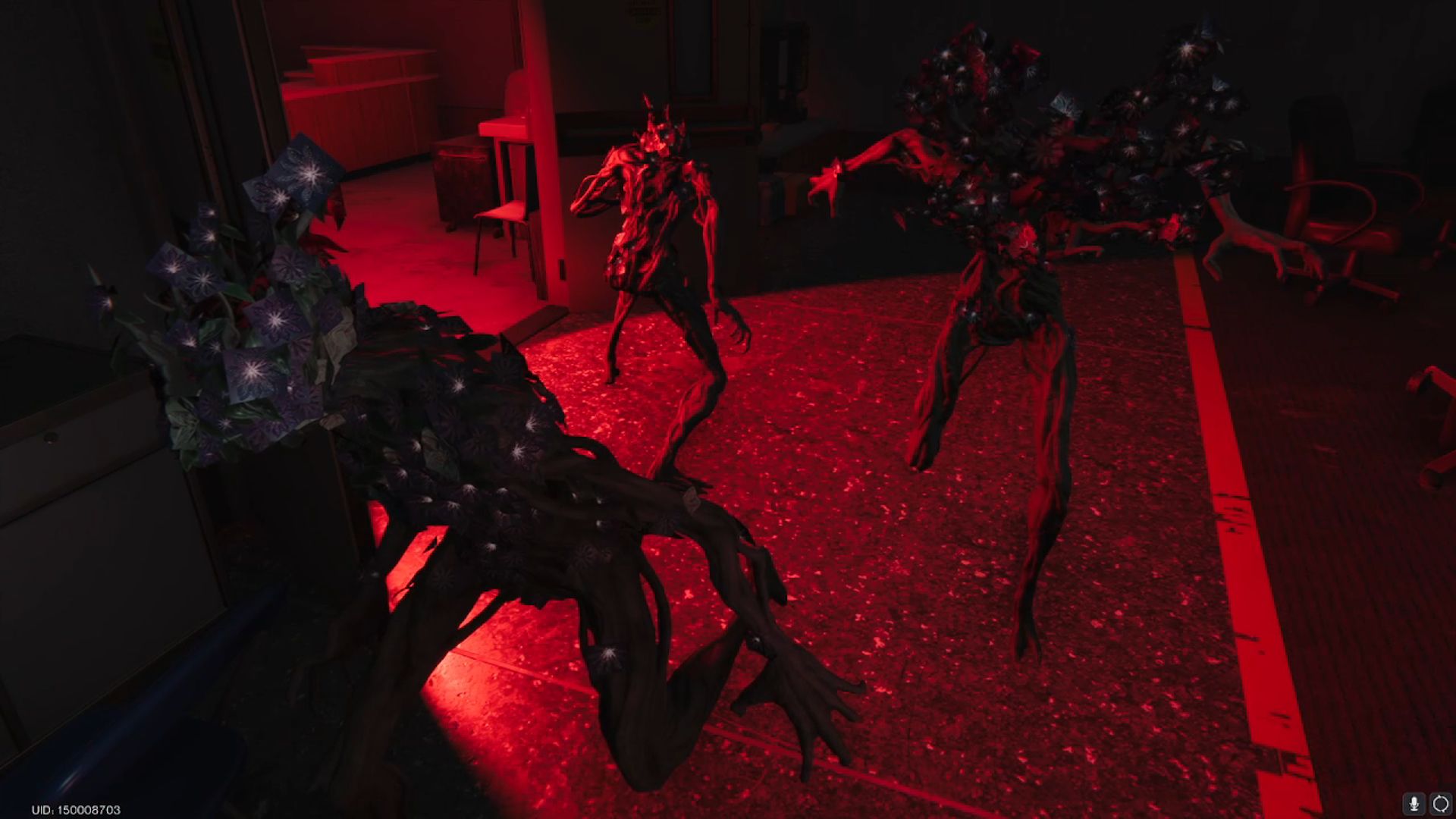
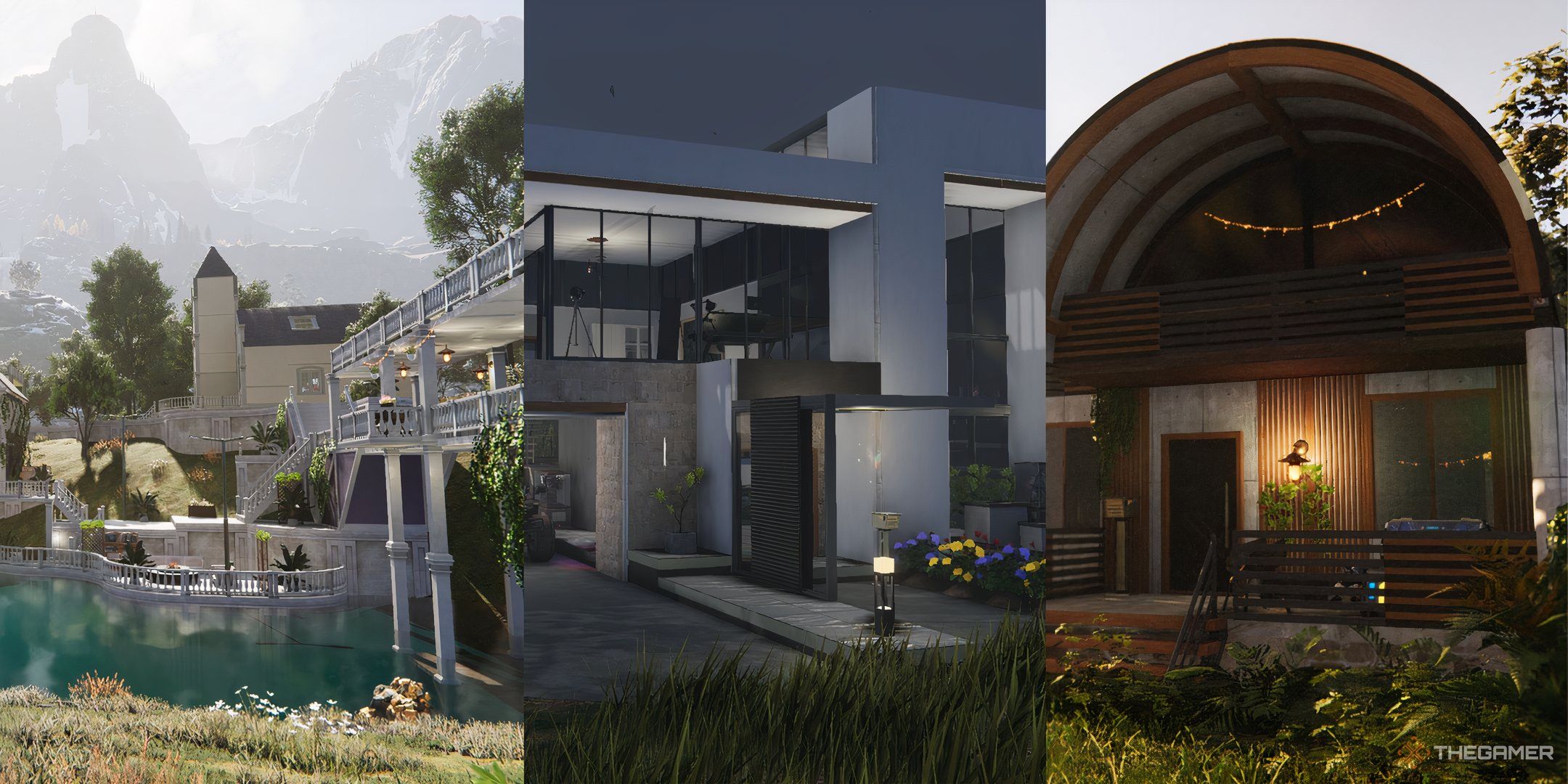
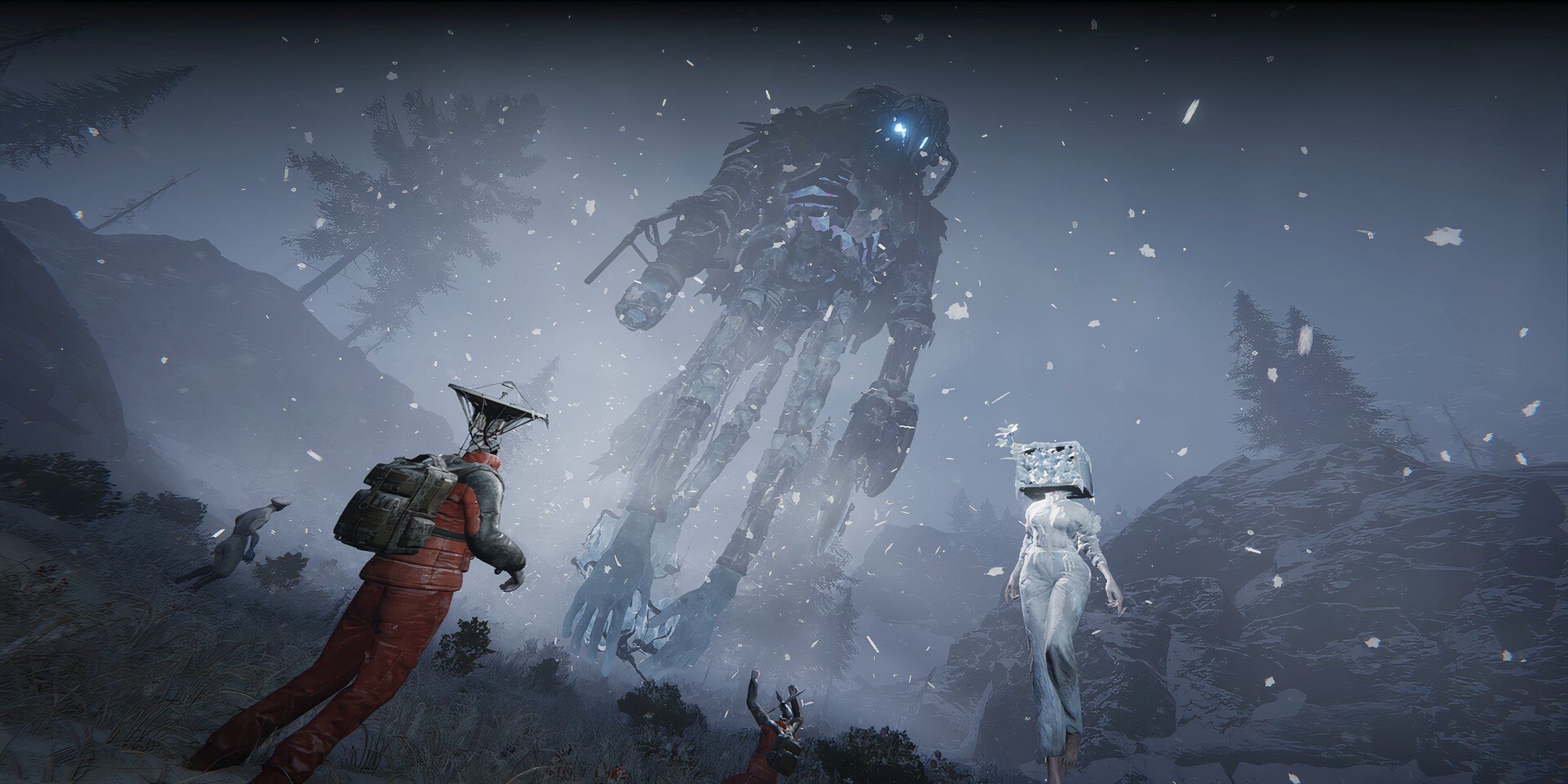
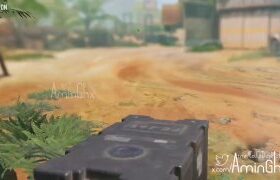
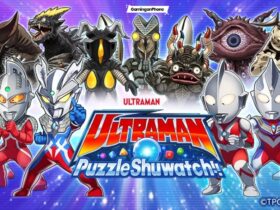



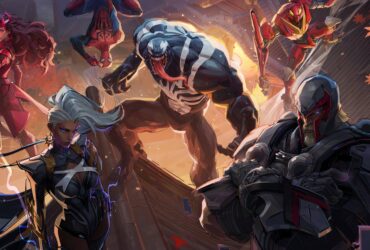

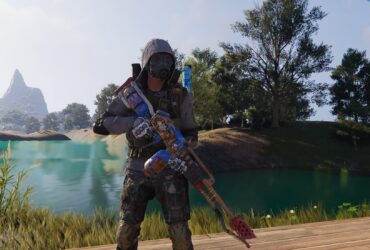

Leave a Reply